Skiing is not just a sport; it's an experience that combines adrenaline, nature, and fashion uniquely. Knowing what to wear skiing is essential for both your comfort and safety.
Whether you're a seasoned pro or a beginner hitting the slopes for the first time, this comprehensive guide will ensure you're properly dressed for the occasion.
The Importance of Layering
Layering is the cornerstone of ski wear. It allows you to adjust your body temperature as you move and as weather conditions change.
The three main layers are the base layer, which wicks moisture away from your skin, the mid layer, which insulates and retains heat, and the outer layer, which protects from wind and wet snow.
Choosing the Right Base Layers
When selecting base layers for skiing, opt for materials like merino wool or synthetic fabrics that offer moisture-wicking properties.
Avoid cotton, as it retains moisture and can leave you feeling cold and damp. A snug fit is key to ensure the material can effectively draw sweat away from your body.
Mid Layers for Insulation
Mid-layers are your main source of warmth. Fleece jackets, down or synthetic insulated jackets, and wool sweaters are popular choices.
Look for options with zippered vents, known as pit zips, which allow you to regulate your body temperature without shedding layers.
The Outer Layer: Your Shield
Your outer layer should be a waterproof shell layer, preferably with a powder skirt to prevent snow from getting in. Features like adjustable cuffs, a hood, and zippered pockets add functionality and convenience to your ski jacket.

Ski Pants: Beyond the Basics
Insulated ski pants or snowboard pants with waterproof and breathable fabrics are a must. Look for pants with reinforced cuffs to withstand abrasion from ski boots and features like adjustable waistbands for a comfortable fit.
The Right Ski Socks
Thin wool socks or specialized ski and snowboard socks are essential. They should be long enough to reach above your ski boots and have no bulky seams that could cause discomfort or affect your circulation.
Ski Boots: The Foundation of Your Ski Outfit
A well-fitting pair of ski boots is non-negotiable. They should be snug but not too tight, with enough room to wiggle your toes. Always wear your ski socks when trying on boots to ensure a proper fit.
Gloves or Mittens: Keeping Your Fingers Toasty
Ski gloves or mittens should be waterproof and insulated. Some skiers prefer mittens for extra warmth, while others opt for gloves for better dexterity. Liner gloves can add an extra layer of warmth and protection.
Protect Your Head with a Ski Helmet
A ski helmet is a critical piece of safety gear. It should fit snugly without being too tight and provide enough ventilation. Many helmets come with built-in ear covers to keep your ears warm.
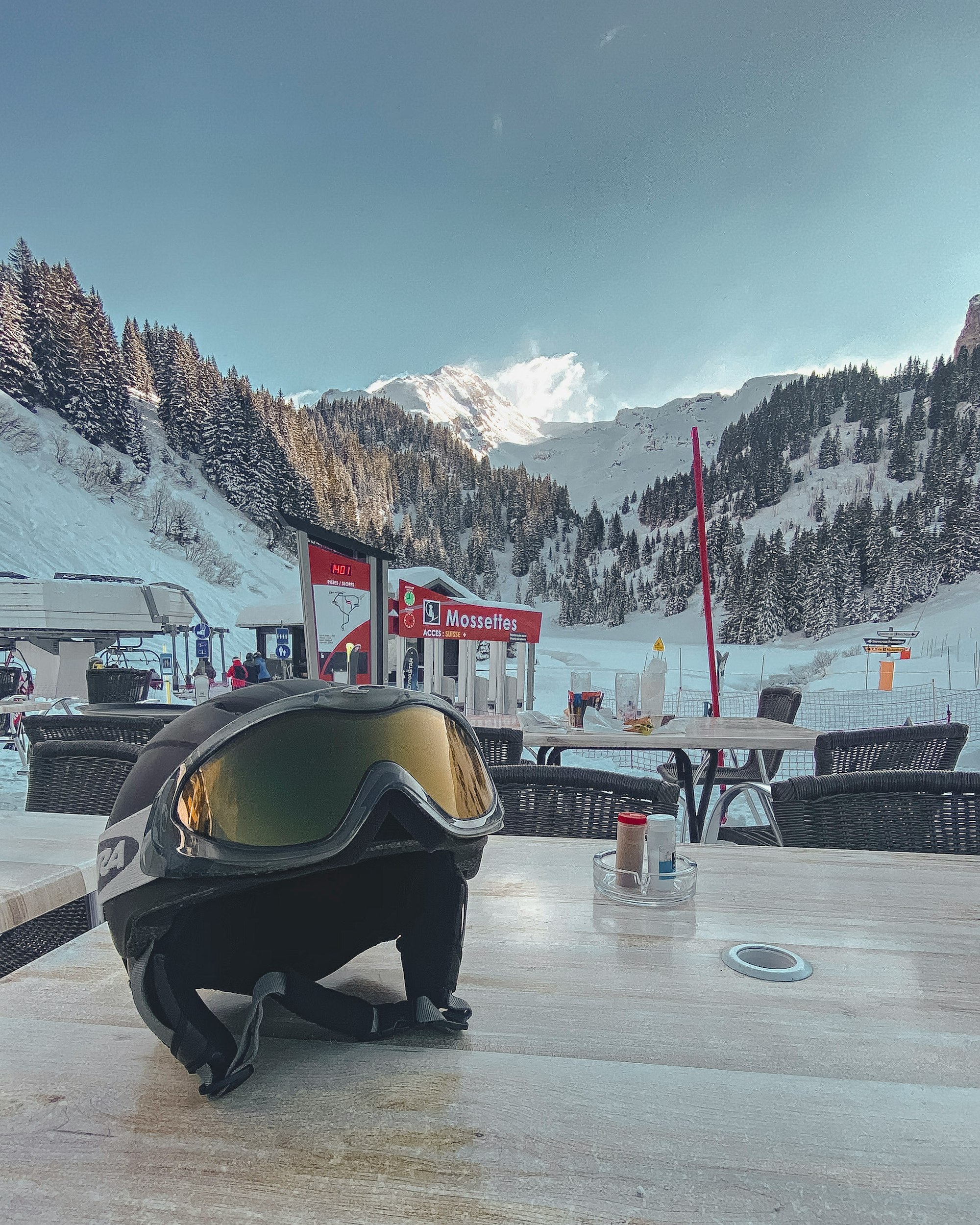
Don't Forget the Ski Goggles
Ski goggles protect your eyes from UV rays, wind, and snow. They should fit comfortably over your helmet and provide a wide field of vision. Look for anti-fog features to maintain clear sight.
Accessorizing for Function and Comfort
A neck gaiter or face mask can protect your face from cold winds, while a good quality hat or headband will ensure your head stays warm if you opt not to wear a helmet. Don't forget sunscreen for exposed skin, even on cloudy days.
Dressing for Spring Skiing
Spring skiing requires a different approach. You might opt for non-insulated pants and lighter mid-layers. However, always carry an extra layer in case the weather changes.
Backcountry Skiing Attire
For backcountry skiing, where you might be exerting more effort and sweating more, look for lightweight and breathable layers. A shell jacket with zippered vents can help regulate your temperature during the ascent.
Downhill Skiing Gear
Downhill skiing typically involves higher speeds and, therefore, more wind chill. An insulated jacket and pants, along with a snug-fitting ski helmet, will keep you warm as you zoom down the slopes.
The Role of Synthetic Insulation
Synthetic insulation in ski wear offers warmth even when wet and is generally more affordable than down. It's a practical choice for ski apparel, especially in wet snow conditions.
Merino Wool: A Skier's Best Friend
Merino wool is a popular material for base layers and ski socks due to its moisture-wicking and odor-resistant properties. It provides warmth without bulk and is soft against the skin.
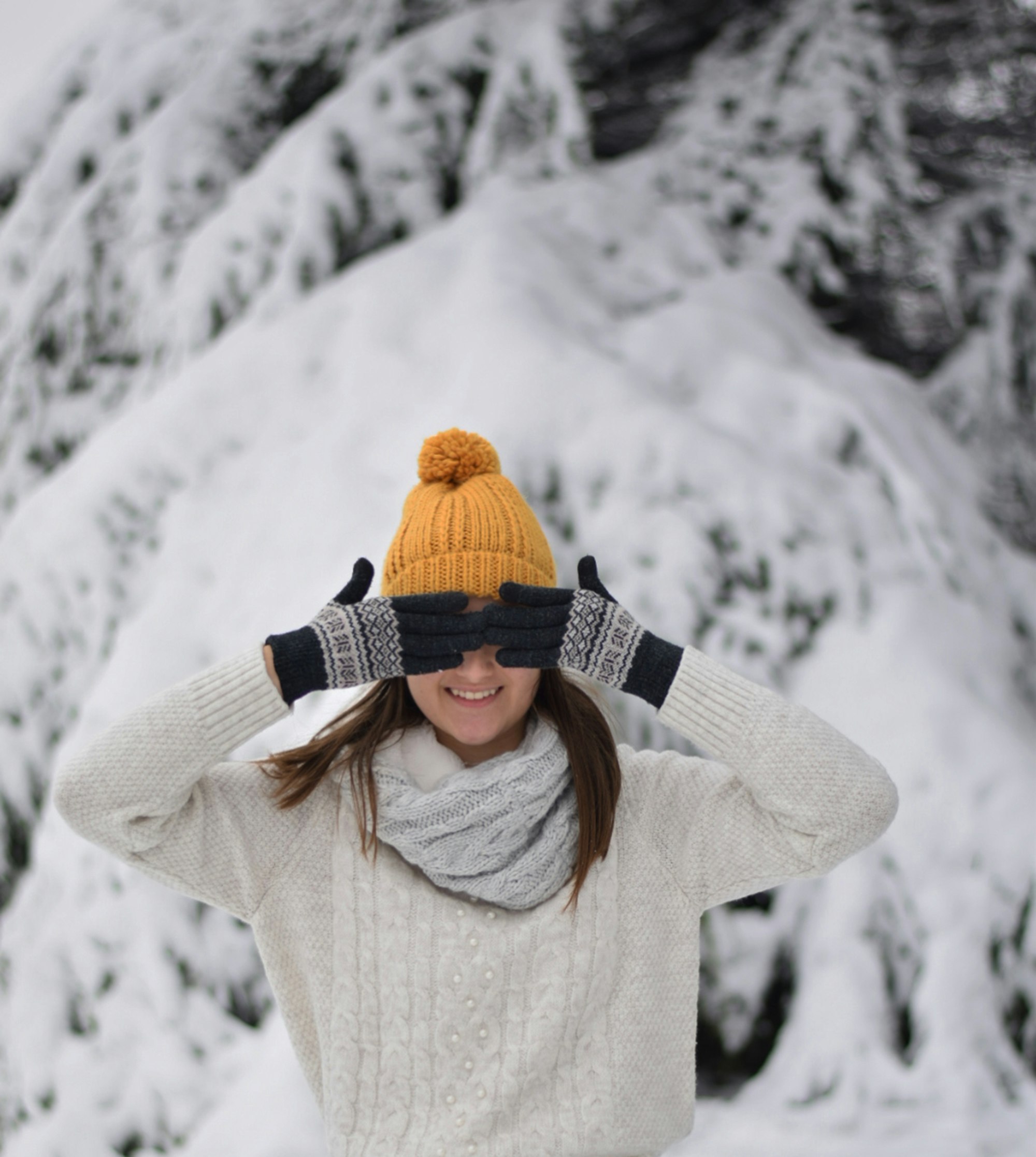
Staying Warm in Cold Weather
On particularly cold days, an extra layer underneath your mid-layer, such as long underwear, can provide additional insulation. Hand and foot warmers are also handy for staying warm on the mountain.
Waterproof Ski Jacket: Your First Line of Defense
A waterproof jacket is essential for skiing or snowboarding. It should have sealed seams and be made of a breathable fabric to prevent moisture from seeping in while allowing sweat to escape.
Embracing Versatility with Reversible Ski Jackets
When it comes to ski clothing, versatility is key, especially when dealing with unpredictable mountain weather. Reversible ski jackets are becoming a popular choice among those who wear skiing and snowboarding gear.
Not only do they offer two styles in one, but they also provide an extra insulating layer without the need for additional layers underneath.
This means you can switch between a moisture-wicking interior for active skiing and a stylish exterior for après-ski activities without missing a beat.
Reversible jackets are designed with convenience and functionality in mind. They often feature pockets on both sides, ensuring that your essentials are accessible no matter which way you wear them.
Moreover, the construction of these jackets typically includes high-quality, non-insulated fabrics that offer breathability and flexibility.
This adaptability makes them a smart addition to your ski clothes collection, allowing you to adjust your look and comfort level with ease as you move from the slopes to the ski resort lounge.

Snowboard Gloves: Your Hands' Best Ally
When it comes to snowboarding, having the right pair of gloves is as crucial as the board itself. Snowboard gloves are designed to offer the dexterity needed to adjust bindings and grip the board, all while keeping your hands warm and dry.
Unlike regular gloves, snowboard gloves come with reinforced palms and fingers to withstand the wear and tear of the sport.
They often feature moisture-wicking materials that draw sweat away from the skin, ensuring your hands stay dry even after hours on the slopes.
This is particularly important because damp hands can quickly lead to cold fingers, and that's the last thing you want when you're perfecting your turns and tricks.
Moreover, many snowboard gloves come with additional features such as wrist guards, goggle wipes, and touchscreen compatibility. These added functionalities not only enhance your snowboarding experience but also cater to the practicalities of modern technology and safety.
When choosing snowboard gloves, it's essential to consider the fit and the level of insulation they provide. While thick socks might be enough to keep your feet warm, your hands are often more exposed and require adequate protection.
A glove that's too tight can restrict movement and impede circulation, while one that's too loose can allow cold air to seep in, so finding the right balance is key.
Snowboard Jacket: Combining Style and Performance
When it comes to hitting the slopes, a snowboard jacket is an essential piece of gear that offers both style and functionality.
Unlike standard winter coats, these jackets are specifically designed with the snowboarder's needs in mind, featuring a range of motion-friendly cuts and moisture-wicking technology to keep you dry as you carve down the mountain.
The best snowboard jackets come with a variety of pockets for your essentials, adjustable cuffs, and a snow skirt to prevent powder from sneaking in during those epic wipeouts.
Moreover, the latest designs in snowboard jackets are not just about keeping you warm and dry; they're also about making a statement. With bold patterns, vibrant colors, and sleek silhouettes, these jackets allow snowboarders to express their personal style while shredding.
Many brands are now incorporating eco-friendly materials and sustainable practices into their manufacturing, so you can feel good about your purchase while you're out there enjoying the fresh powder.
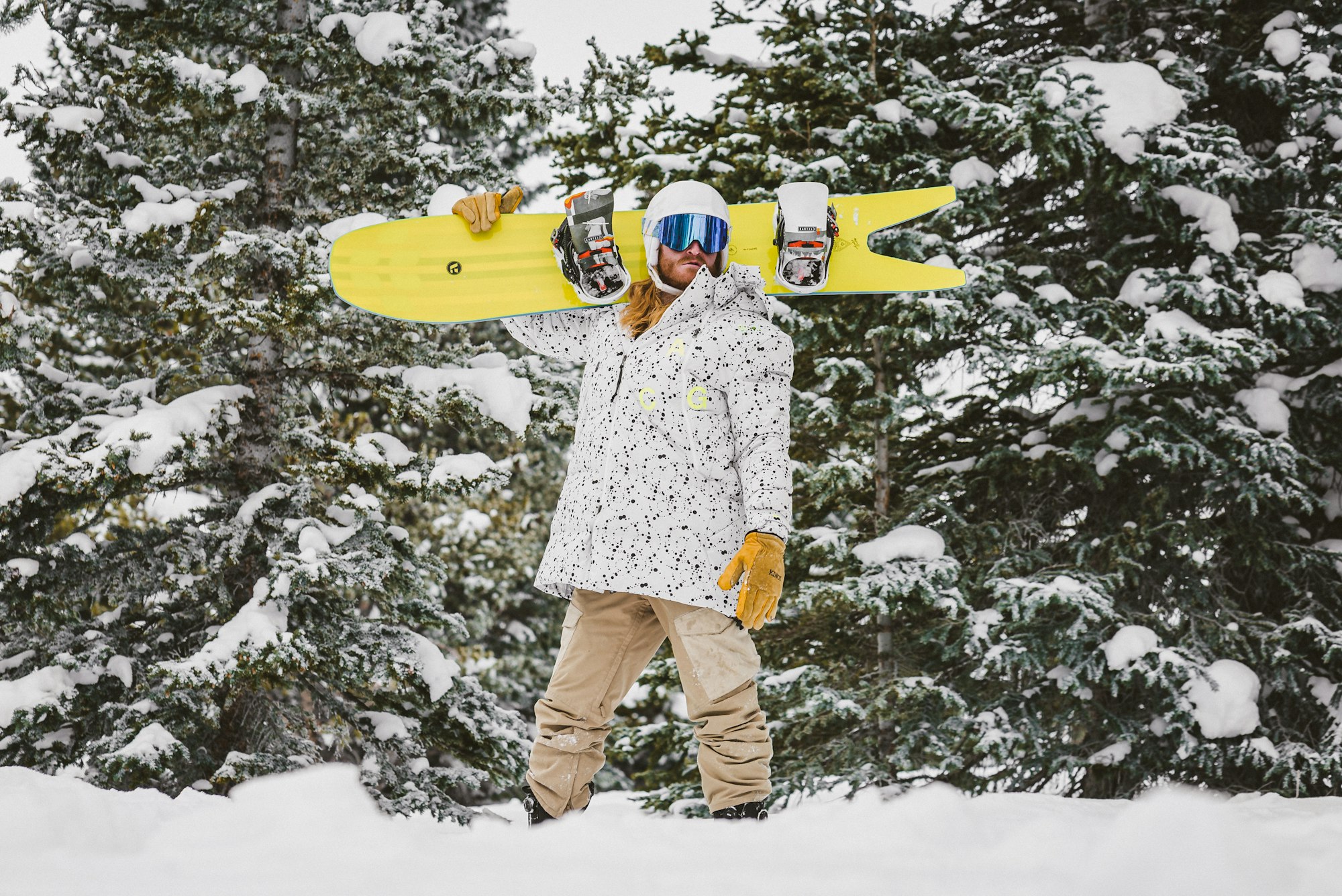
Non-Insulated Pants: A Versatile Choice for Variable Conditions
Non-insulated pants are a surprisingly versatile option for skiers and snowboarders alike. They provide a lightweight, less bulky alternative to traditional insulated pants, making them perfect for layering according to the weather conditions.
On warmer days, you can wear them with a simple base layer, and when the temperature drops, add a thicker mid-layer for extra warmth.
This adaptability makes non-insulated pants a smart choice for those who prefer to customize their level of warmth.
Additionally, non-insulated pants often feature moisture-wicking properties that help to keep you dry from the inside out. This is particularly important for active skiers and snowboarders who might work up a sweat on the slopes.
The moisture-wicking fabric pulls sweat away from the skin and transports it to the outer layer of the pants, where it can evaporate quickly.
This helps to maintain a comfortable body temperature and prevent the chill that can come from damp clothing, ensuring that your focus remains on the thrill of the descent rather than the discomfort of the cold.
The Appeal of Non-Insulated Pants
Non-insulated pants are a versatile option for skiers and snowboarders who prefer a lighter, more adaptable approach to their slope attire. These pants are especially suitable for those who run hot or engage in high-intensity activities where body heat is generated quickly.
Without the bulk of insulation, non-insulated pants allow for greater freedom of movement and can be less restrictive than their padded counterparts. They rely on the layering beneath to provide warmth, which means you can adjust your base layers according to the weather conditions.
On warmer days, a single moisture-wicking layer might suffice, while colder conditions might call for thermal leggings or fleece-lined tights.
The beauty of non-insulated pants lies in their simplicity and the ability to customize your level of warmth. They often come with features like vent zips for temperature regulation, waterproofing for protection against wet snow, and durable fabrics to resist abrasions.
When paired with moisture-wicking base layers, these pants can keep you comfortable and dry throughout the day. It's important to note that while non-insulated pants offer flexibility, they don't compromise on protection.
Many are equipped with reinforced cuffs to prevent damage from ski edges and integrated gaiters to keep snow out of your boots.
Whether you're a skier or a snowboarder, non-insulated pants can be a smart addition to your winter wardrobe, offering a balance between warmth, breathability, and style.

Snowboard Boots and Bindings: The Dynamic Duo
Snowboard boots and bindings are the unsung heroes of your snowboard gear. They work in tandem to provide the support and responsiveness needed for effective control on the slopes.
When selecting snowboard boots, comfort is paramount, but so is finding a pair that harmoniously connects with your bindings. The right combination can significantly enhance your performance, whether you're carving down groomed runs or exploring off-piste terrain at ski resorts.
Bindings act as the critical link between your snowboard boots and the board itself, translating your movements into action. They come in various styles, each offering different levels of flexibility and support.
For instance, softer bindings paired with flexible boots are ideal for freestyle riders, while stiffer options provide the precision required for high-speed runs.
Always ensure that your boots and bindings are compatible and that they work together to create a seamless interface for your snowboarding adventures.
This attention to detail will pay dividends in your overall experience and enjoyment on the mountain.
Snowboard Apparel: Style Meets Function
Snowboarders often prefer looser-fitting clothes for better movement and style. Snowboard jackets and pants typically come with the same waterproof and insulating features as ski wear.
Warm Weather Skiing Considerations
In warmer weather, you might wear lighter base layers and a breathable, waterproof shell layer. Always be prepared for changing conditions by carrying an extra layer.
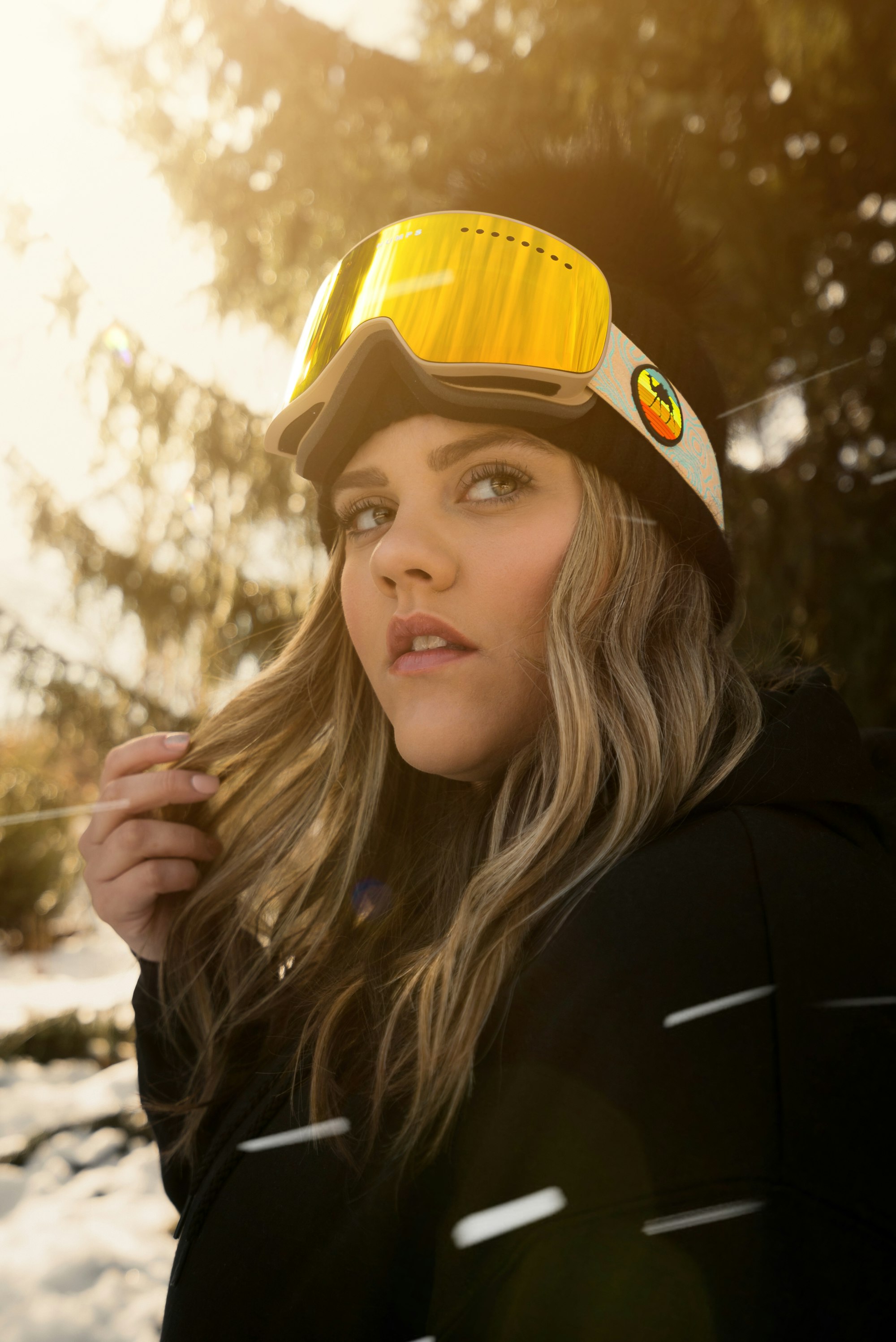
The Moisture-Wicking Miracle
Moisture-wicking fabrics in your base layer and ski socks are crucial for comfort. They help keep your skin dry, which is essential for maintaining body temperature.
Choosing Non-Insulated Pants
On warmer days or for those who run hot, non-insulated pants with a waterproof outer layer might be the best choice. They protect without the added bulk of insulation.
The Puffy Jacket: A Skier's Staple
A puffy jacket, either down or synthetic, is a versatile piece that can serve as a mid-layer on cold days or an outer layer in milder conditions. It's easily packable for changing weather.
Layering System: The Key to Comfort
A good layering system allows you to adapt to the mountain's microclimate. Start with a base layer underneath, add insulating layers, and top it off with a waterproof outer layer.
Ski Shops: Your Go-To for Gear
Local ski shops are great resources for finding the right ski gear. Staff can provide personalized recommendations and ensure you have everything you need for your ski trip.
Keeping Your Ears Warm
Whether you choose a helmet with ear covers or a separate hat or headband, keeping your ears warm is crucial for comfort, especially on windy chairlifts.
The Extra Layer: Always Be Prepared
An extra layer, such as a lightweight fleece or puffy jacket, can be a lifesaver when temperatures drop unexpectedly or when you take a break at the lodge.
Zippered Vents: Regulating Your Temperature
Outer layers with zippered vents allow you to release excess heat during strenuous activity without removing your jacket, maintaining a comfortable temperature throughout the day.
The Versatility of Snowboard Jackets
Snowboard jackets often come with features like wrist gaiters, media pockets, and adjustable hoods, making them a versatile choice for both skiing and snowboarding.
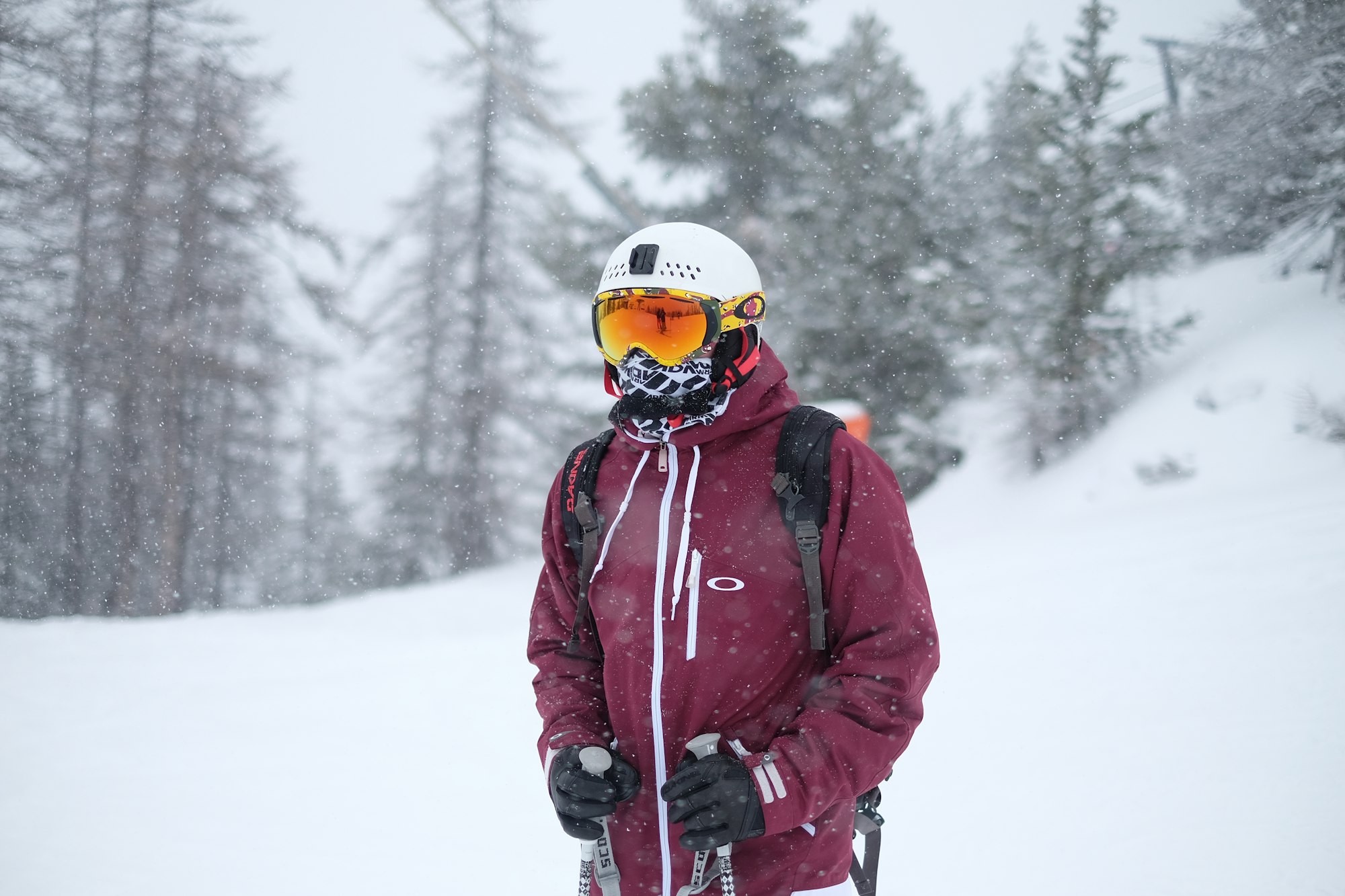
The Final Touch: Ski Accessories
Accessories like wrist guards, knee pads, and back protectors can offer additional safety for those who like to push their limits on the slopes.
Preparing for Wet Snow
In conditions with wet snow, waterproof outer layers are even more critical. Ensure your gloves, jacket, and pants are all designed to keep moisture out.
Ski Layers: Balancing Warmth and Breathability
Finding the right balance between warmth and breathability in your ski layers is essential. You want to stay warm without overheating, especially during physical exertion.
Underwear for Skiing: Yes or No?
While some skiers prefer to wear underwear beneath their base layers, others opt for long underwear that doubles as a base layer. Choose what's most comfortable for you.
Mountain Wearing: Dressing for Altitude
At higher altitudes, temperatures can be significantly colder. Dress accordingly with appropriate ski layers and accessories to protect against the chill.
The Convenience of Powder Skirts
A powder skirt in your ski jacket can prevent snow from getting inside, especially if you take a tumble. It's a feature that's appreciated on deep powder days.
Extra Warmth: When You Need It Most
For those extra chilly days, consider heated ski gear, such as gloves or insoles. They provide additional warmth and can be a game-changer for staying comfortable.
Some Final Thoughts
Dressing for skiing involves a strategic layering system that includes moisture-wicking base layers, insulating mid layers, and a waterproof outer layer. Quality ski socks, gloves, helmets, and goggles are also essential for a safe and comfortable experience on the slopes.
Remember to adjust your layers based on the weather, your activity level, and personal preferences to ensure you stay warm and dry throughout your ski trip.

FAQ's
Can I wear regular clothes under my ski gear?
It's not recommended to wear regular clothes, like jeans or cotton shirts, as they don't provide the moisture-wicking and insulating properties needed for skiing. Stick to specialized ski apparel for the best experience.
How do I know if my ski boots fit correctly?
Ski boots should fit snugly around your foot and ankle with no pressure points or excessive movement. You should be able to wiggle your toes, but your heel should stay in place when you flex forward.
Is it necessary to wear a helmet while skiing?
Yes, wearing a helmet is highly recommended for safety reasons. It protects your head from injuries in case of falls or collisions and also provides warmth.
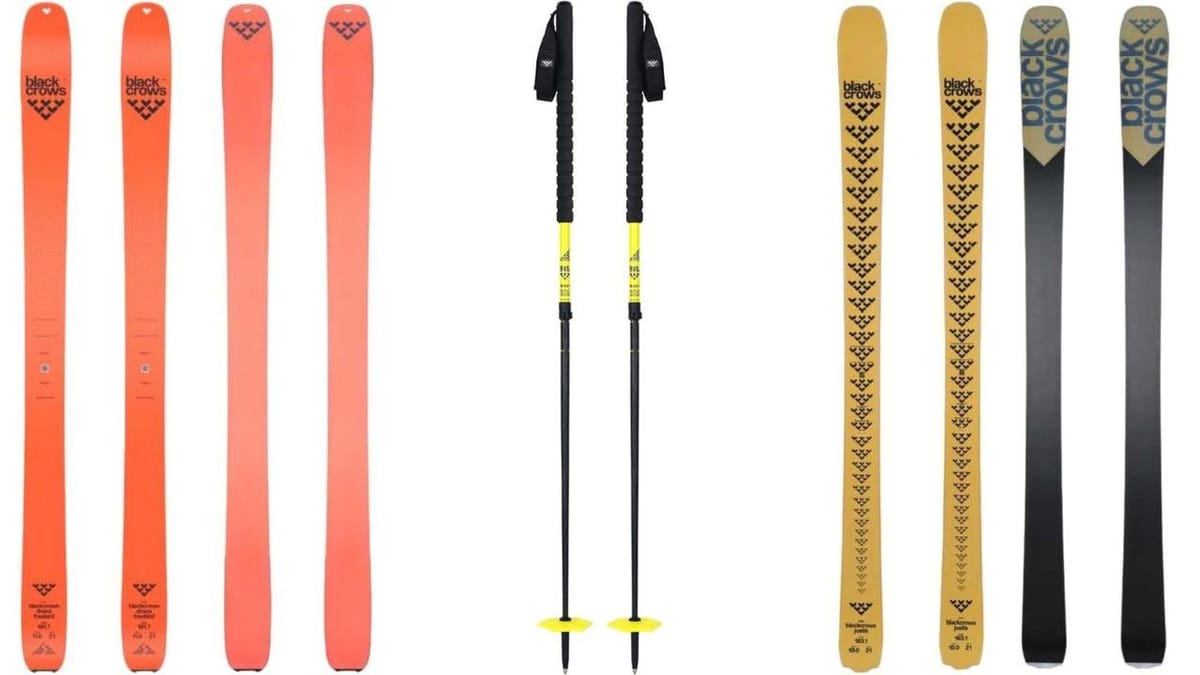

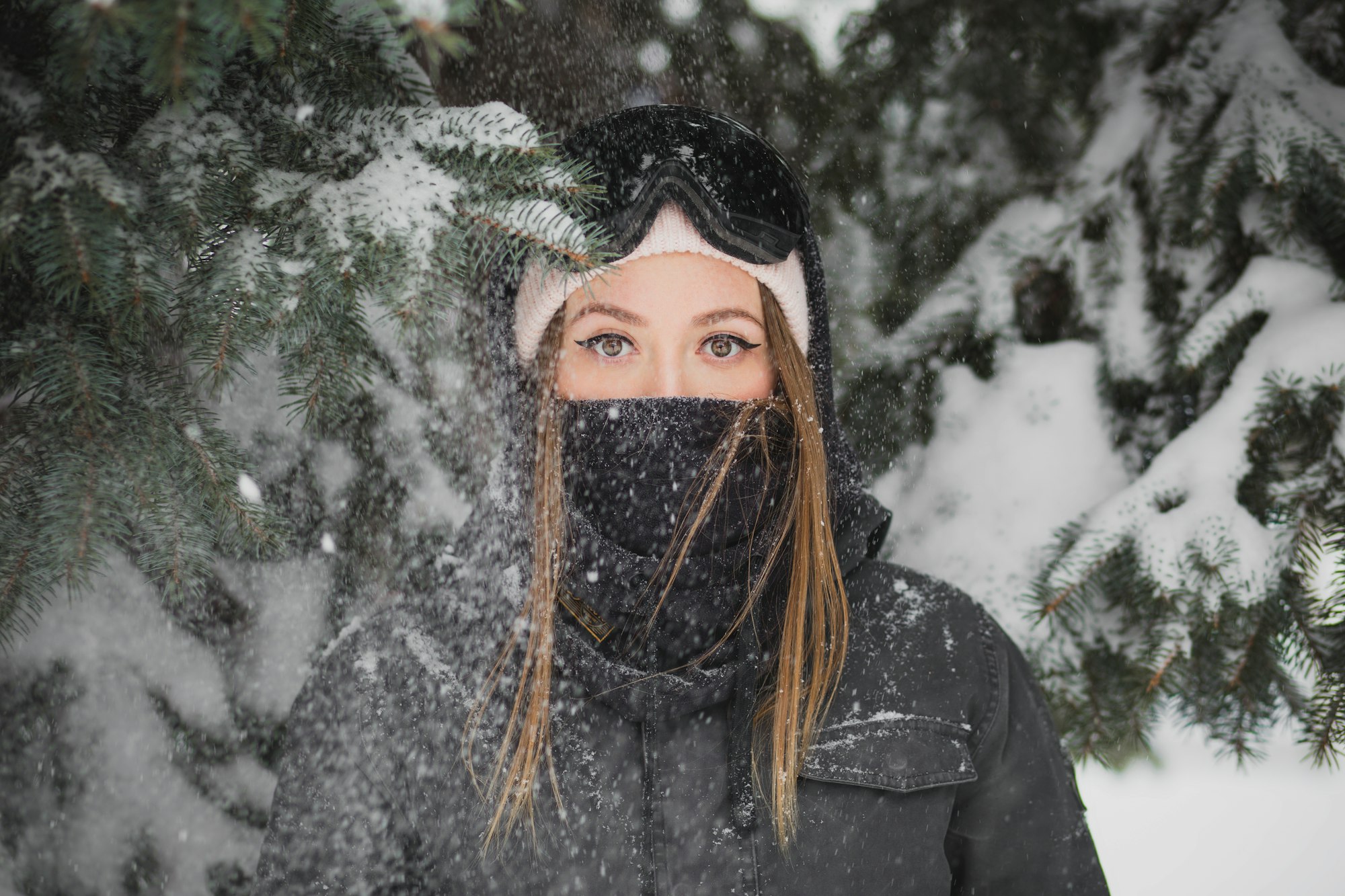




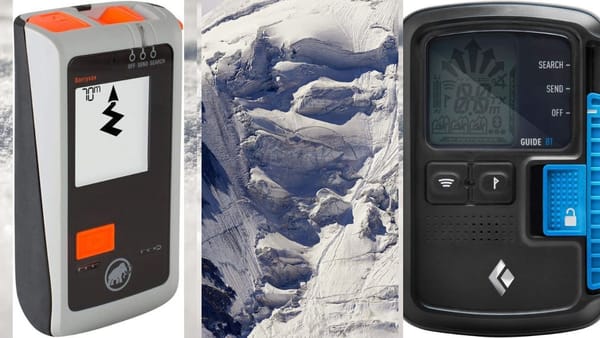
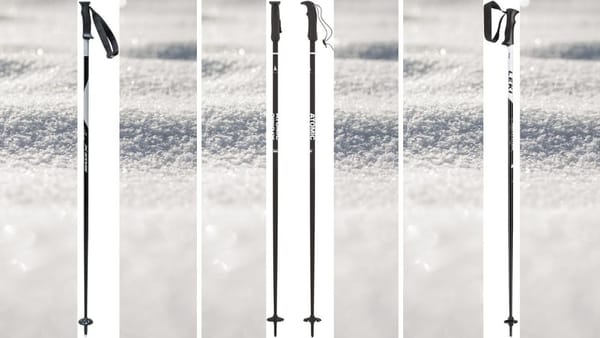



Member discussion